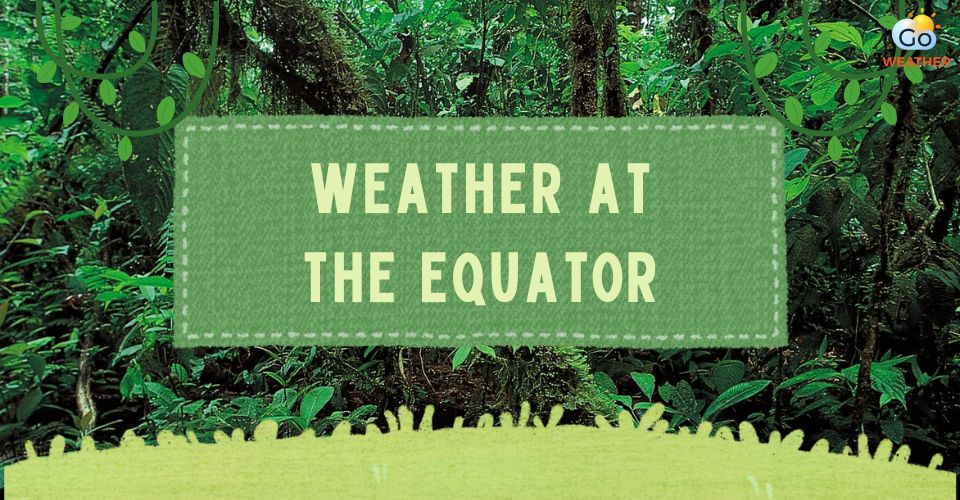56 million-year-old Eocene global warming tells a wetter future
An uneven distribution of moisture in the atmosphere is predicted as a result of the Earth's response to global warming, with dry parts becoming more parched and wet regions receiving more precipitation.
The effects on our rural and urban populations, as well as natural ecosystems, will probably be more severe with increased seasonality.

56 million-year-old Eocene global warming may indicate a wetter future
While there has been some debate on the hydrological responses of low latitudes (tropics, 15° N/S) and mid-latitudes (15–30° N/S), high latitudes (>60° N/S) are anticipated to become wetter and subtropical regions (15°–30° N/S) drier as a result of global warming.
Scientists have looked at past instances of global warming, though, and they believe that this may not be the case, at least for the subtropics.
With mean worldwide surface temperatures nearly 14°C greater than today, the Early Eocene Climatic Optimum (56–48 million years ago) was one of the hottest periods in the previous 66 million years.
The mean sea surface temperature was up to 16°C higher than pre-Industrial temps, and atmospheric carbon dioxide levels were increased to >1,000 parts per million (ppm; current levels are 400 ppm).
Latitudinal temperature gradients, or the difference in temperature between the equator and the poles, peaked at 22°C at this time.
According to worst-case scenario simulations developed by the Intergovernmental Panel on Climate Change (IPCC), the Eocene climate might return by the year 2100.
Read more: Warmer Climate May Cause Mosquito-Borne Diseases in Europe
![10 Health & Safety Precautions During Rainy Season [Be Careful]](https://admin.goweatherforecast.com/images/1732692097.png)








0 Comments
Leave a Comment
Your email address will not be published. Required fields are marked *